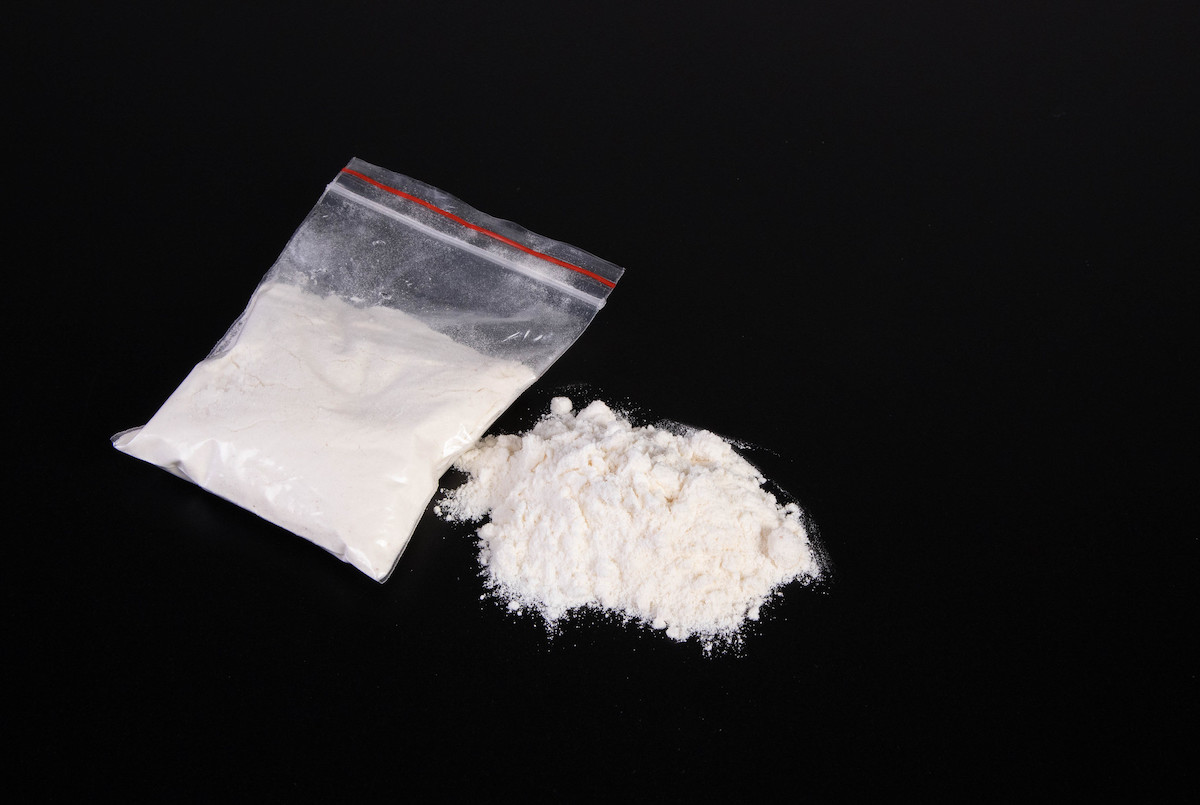At face value, a recent study shows that fentanyl was quite common in samples of unregulated stimulant drugs taken from across 25 states. However, the authors of the paper say that’s not the whole story.
Due to numerous factors which they could only control for to some extent, the researchers warn that their work mustn’t be read as a definitive measure of stimulant purity in the United States. What they can say is that their findings run counter to the narrative that “fentanyl is in everything,” Colin Miller, community liaison with the University of North Carolina’s Street Drug Analysis Lab and a coauthor of the paper, told Filter.
Fentanyl appeared in 8.9 percent of meth samples, and 21.5 percent of cocaine samples. However, there were many caveats.
The researchers tested 718 samples of cocaine and methamphetamine from 77 harm reduction organizations and clinics in 25 states between May 2021 and June 2023. The samples were initially sent to the UNC Street Drug Analysis Lab, where gas chromatography-mass spectrometry was used to check for the presence of fentanyl.
Fentanyl appeared in 8.9 percent of meth samples, and 21.5 percent of cocaine samples. However, there were many caveats to these numbers. Deploying statistical adjustments to account for them, the team then arrived at 6.2 percent for meth and 12.6 percent for cocaine—or roughly one in 10 overall.
Karla Wagner, a professor at the University of Nevada, Reno’s School of Public Health and a coauthor of the paper, explained to Filter that the team adjusted the numbers to account for various confounding issues that could have made fentanyl appear more frequently. (Again, she cautioned, even after these adjustments, the numbers are not meant to be representative.)
Some of these confounding issues are fairly simple. For instance, people would probably be more likely to send in samples for testing if they suspect they contain fentanyl. This might be because they used a fentanyl test strip—which has a chance of producing a false positive—or, in some cases, because after using some of a batch of a stimulant, they felt tired or passed out.
However, the nature of different meth batches, in the absence of fentanyl, might sometimes explain this, described Phillip Fiuty, another coauthor of the paper and technical advisor for adulterant checking programs in New Mexico for the global public health organization Vital Strategies.
“I think there’s a whole confluence of things kind of feeding the situation.”
Other confounding factors the researchers tried to account for include, for instance, the fact that samples only came from around half of all US states.
“I think there’s a whole confluence of things kind of feeding the situation,” Fiuty, who has lived experience of drug use, told Filter.
Miller, who also has living experience with drug use, noted that the number of organizations sending drugs in for checking has grown to more than 160 across more than 30 states since the team performed the research, which should bolster future understanding. He added that there are, of course, cases in which fentanyl appears in batches of stimulants, but that the belief it’s extremely common isn’t necessarily justified.
Parts of the country are seeing more deaths where both stimulants and opioids were present. But Miller pointed out that this doesn’t demonstrate the opioids are appearing as adulterants in meth and coke, when polydrug use is the norm.
“You always have your sort of opiate purists, and sometimes your methamphetamine purists,” he said. “But for the most part, people are going to be using different substances simultaneously.”
At the same time, observers have argued, while accidental cross-contamination from sources selling more than one substance can happen, there’s no incentive for trafficking organizations to deliberately add fentanyl to stimulants. That won’t give the stimulant effects that some buyers solely want, wrote Jonathan Kirkpatrick for Filter, and most polydrug users prefer to measure their own combinations.
The narrative of deliberate contamination is “distorting the actual facts and our ability to respond sensibly with data-driven policies.”
Wagner said that the narrative of deliberate contamination is driving some parts of the US to implement harsher drug laws, such as increased penalties for fentanyl possession and drug-induced homicide laws.
This narrative is “distorting the actual facts and our ability to respond sensibly with data-driven policies,” she told Filter. She added that incarceration, and a drop in tolerance, can lead to more fatal and non-fatal overdoses—and that when drug markets can shift extremely quickly, regulations and policies that target specific drugs will end up obsolete.
Wagner acknowledged that a figure of roughly one in 10 stimulant samples containing fentanyl—while not representative—is concerning.
But taking a harm reduction approach which prioritizes safer supply programs, real-time drug checking services and overdose prevention centers is far better than crackdowns, she said. She recommended that people who use drugs test their batches as much as possible, and that they, their friends and family, and other members of the public get trained to recognize opioid-involved overdoses and to use naloxone.
Correction, December 20: This article has been edited to correct the description of Phillip Fiuty’s role with Vital Strategies.
Photograph of cocaine by Marco Verch Professional Photographer via Flickr/Creative Commons 2.0





Show Comments